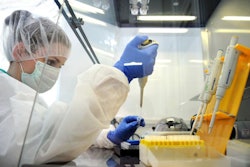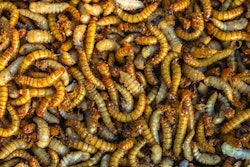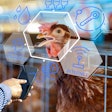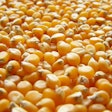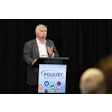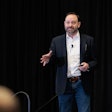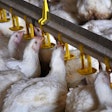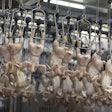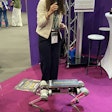
Study suggests precision feeding stands to reduce cost, environmental impact of swine production
Precision feeding stands to offer multiple benefits to swine producers, potentially reducing the feed costs while cutting environmental impacts and even improving animal welfare, according to new work from INRAE, the French National Research Institute for Agriculture.
Current feeding practices are based on average animal requirements and can result in underfeeding or overfeeding, which causes nutrient waste. Precision feeding promises to deliver the right diet to each individual animal at the right time, reducing waste and cutting feed costs, according to Charlotte Gaillard, an INRAE researcher and the lead author of a new paper on precision feeding in the journal Animal Feed Science and Technology.
According to Gaillard, precision feeding could reduce nitrogen intake by 11% and phosphorus intake by 13.8% for gestating sows. Tailored delivery could reduce the excretion of both nutrients by 16.7% and 15.4%, respectively, reducing a swine operations’ potential environmental footprint.
Improvement in feed conversion ratios as a result of precision feeding also stands to reduce feed costs by 3.6% for gestating sows, according to Gaillard’s work. These savings could offset the initial cost of investment in precision feeding systems, Gaillard said.
Precision feeding may also improve animal welfare. Gaillard’s team has begun work to integrate animal behavior into their models to determine whether new feeding technology could promote the well-being of production animals. The team will first determine how an animal’s physical and social activity influences its nutritional requirements, and will then integrate those findings into tools enabling feeding systems to respond in ways that improve animal welfare. Such tools might even prove capable of detecting the outbreak of disease, Gaillard said.
An “improved compromise between animal productivity and welfare,” Gaillard said, could promote greater “social acceptance of pig production.”
Most of these conclusions are predictions based on scientific models, Gaillard said. INRAE researchers are working on live experiments to validate their estimates.
“We are aware that models might differ from reality, but we are confident in the general outcomes,” she said.
In the meantime, producers who are interested in precision feeding but wary of the cost can consider integrating greater individual variability into their feeding strategies, Gaillard said. By separating animals into different pens according to age or gestation stage and feeding accordingly, producers can reap many of the benefits of precision feeding without the upfront expense.

